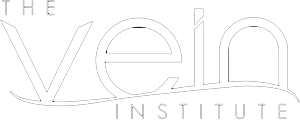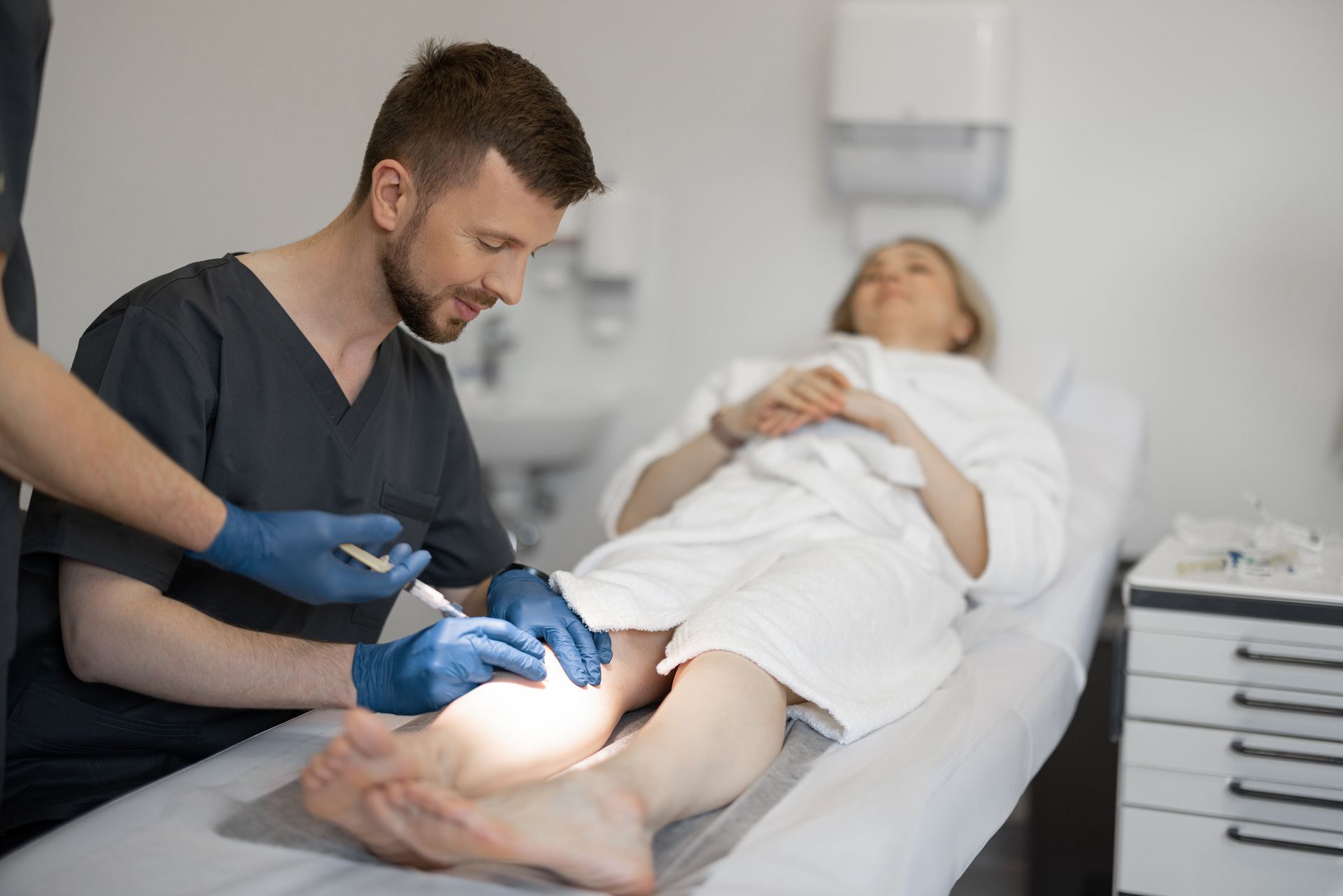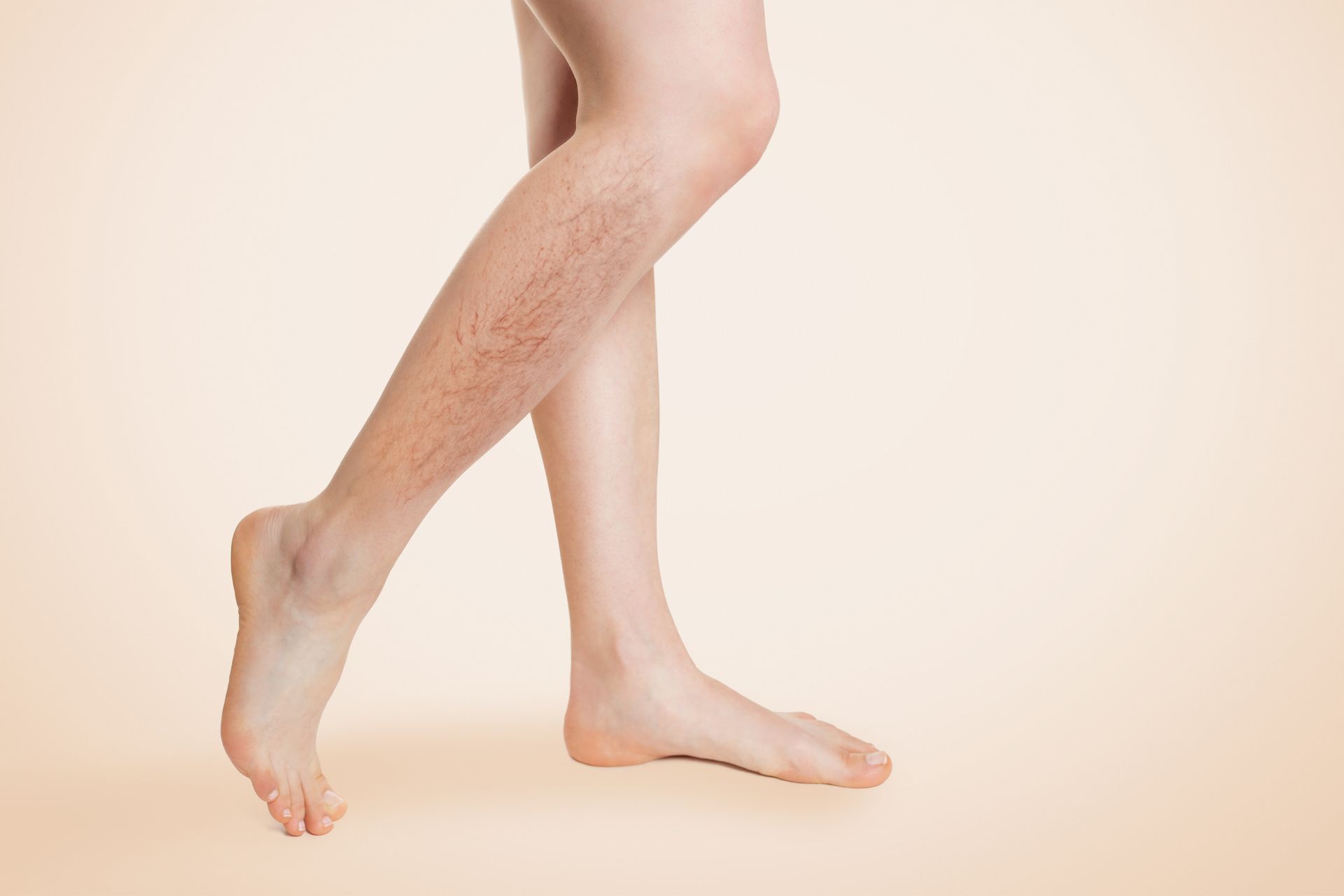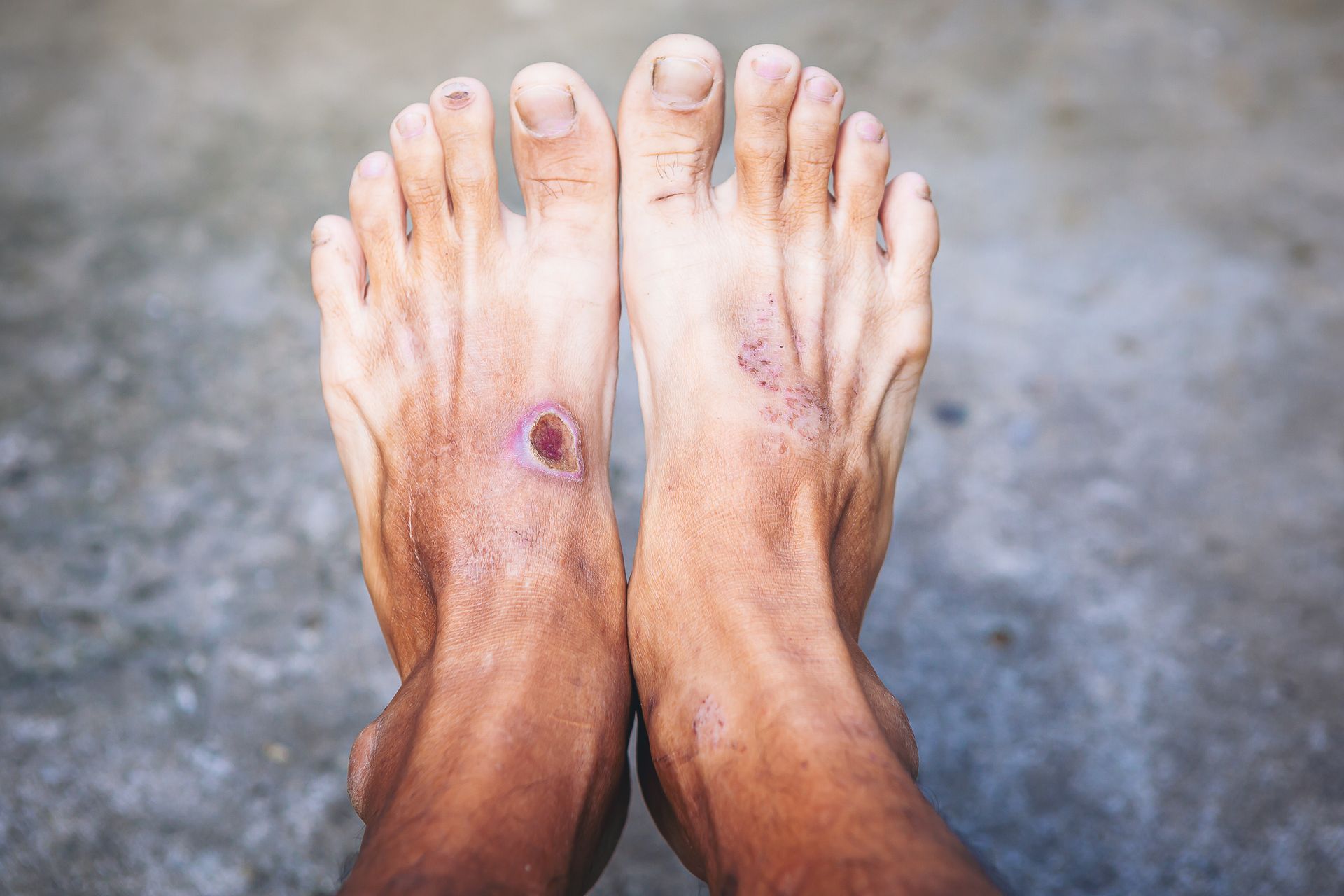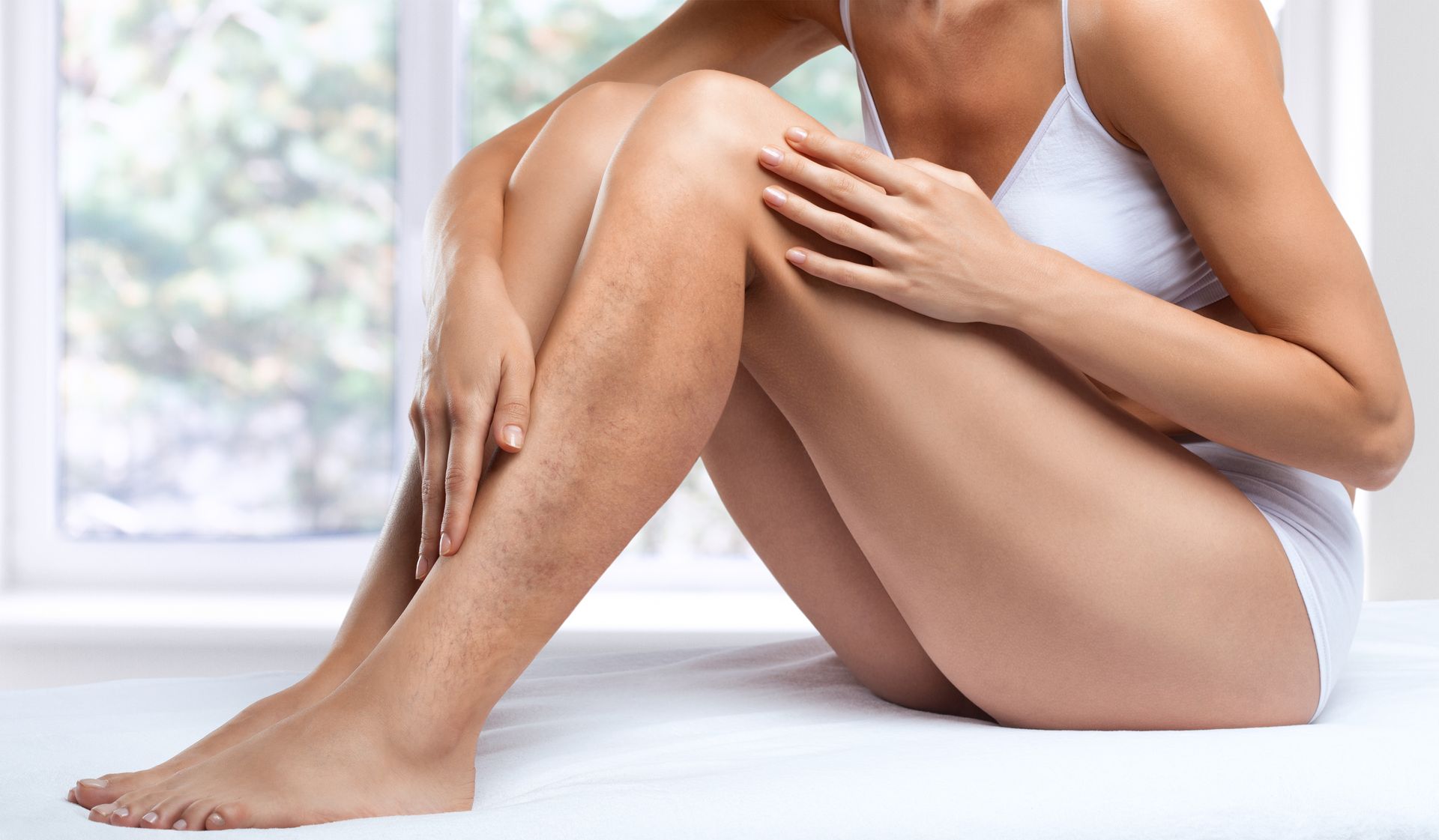Stay Active, Stay Healthy: Vein Health Tips for Summer
As the days grow longer and the temperatures rise, summer presents the perfect opportunity to get outdoors and enjoy various activities. However, the summer heat can also pose challenges to vein health. Whether you're prone to varicose veins, spider veins, or other venous conditions, it's essential to take proactive steps to maintain healthy veins. Here are some expert tips to help you stay active and healthy this summer while protecting your vein health.
Understanding Vein Health
Before diving into tips, it's important to understand why vein health matters. Veins play a crucial role in transporting blood back to the heart. When veins are damaged or weakened, blood flow can be impaired, leading to conditions like varicose veins or chronic venous insufficiency. Factors such as prolonged standing or sitting, lack of exercise, obesity, and genetics can all contribute to vein issues. By taking care of your veins, you can enhance your overall health and enjoy a more active lifestyle.
Top Vein Health Tips for Summer
1. Stay Hydrated
Staying hydrated is vital for overall health, but it's especially important for vein health. Proper hydration helps maintain blood volume and promotes healthy circulation. In the summer, you're more likely to lose fluids through sweat, so make sure to drink plenty of water throughout the day. Aim for at least eight 8-ounce glasses of water daily, and increase your intake if you're active or spending time in the sun.
2. Keep Moving
Regular physical activity is one of the best ways to promote healthy veins. Exercise helps improve circulation and reduces the risk of blood pooling in the legs. Incorporate activities like walking, swimming, cycling, or yoga into your routine. These low-impact exercises are gentle on the veins while still providing cardiovascular benefits. Aim for at least 30 minutes of moderate exercise most days of the week.
3. Wear Compression Stockings
Compression stockings can be a game-changer for vein health, especially if you're prone to varicose veins or have a job that requires long periods of standing or sitting. These stockings apply gentle pressure to the legs, helping to improve blood flow and reduce swelling. They come in various styles and compression levels, so you can find a pair that suits your needs and preferences.
4. Elevate Your Legs
After a long day of activity, give your legs a break by elevating them above the level of your heart. This position helps reduce swelling and promotes venous return. Aim to elevate your legs for 15-20 minutes a few times a day, especially if you've been on your feet for extended periods.
5. Protect Your Skin from the Sun
Sun exposure can weaken vein walls and exacerbate vein issues. Protect your skin by applying broad-spectrum sunscreen with an SPF of 30 or higher, wearing protective clothing, and seeking shade during peak sun hours (10 a.m. to 4 p.m.). Additionally, avoid hot tubs and saunas, as excessive heat can dilate veins and worsen symptoms.
6. Maintain a Healthy Weight
Excess weight puts added pressure on your veins, increasing the risk of venous problems. Aim to maintain a healthy weight through a balanced diet and regular exercise. Focus on eating nutrient-dense foods like fruits, vegetables, whole grains, lean proteins, and healthy fats. Avoid processed foods, excessive sugar, and high-fat meals that can contribute to weight gain and inflammation.
7. Monitor Your Sodium Intake
High sodium intake can lead to fluid retention and increased blood pressure, both of which can negatively impact vein health. Reduce your sodium intake by avoiding processed foods, canned soups, and salty snacks. Opt for fresh, whole foods and season your meals with herbs and spices instead of salt.
8. Avoid Prolonged Sitting or Standing
Sitting or standing for long periods can hinder blood flow and lead to vein issues. If your job requires you to be in one position for extended periods, make a conscious effort to move around every hour. Take short walks, stretch, or do simple calf raises to keep the blood flowing. Consider using a standing desk or taking regular breaks to change your position.
9. Wear Comfortable Clothing and Footwear
Tight clothing and high heels can restrict blood flow and contribute to vein problems. Choose loose-fitting clothes and comfortable, supportive shoes. Opt for footwear with a low heel and good arch support to promote healthy circulation and reduce strain on your veins.
10. Incorporate Vein-Healthy Foods
Certain foods can support vein health by improving circulation and reducing inflammation. Incorporate these vein-healthy foods into your diet:
- Berries: Rich in antioxidants and flavonoids that strengthen vein walls.
- Citrus Fruits: High in vitamin C, which supports collagen production and vein elasticity.
- Leafy Greens: Provide essential nutrients like vitamin K, which helps regulate blood clotting.
- Garlic: Known for its anti-inflammatory properties and ability to improve blood flow.
- Nuts and Seeds: Packed with healthy fats and vitamins that support vascular health.
Special Considerations for Varicose Veins
If you already have varicose veins, it's important to take extra precautions during the summer months. Here are some additional tips for managing varicose veins in the heat:
- Avoid Hot Showers and Baths: Hot water can cause veins to dilate, worsening symptoms. Opt for cooler showers to help constrict veins and reduce discomfort.
- Use Cold Compresses: If your legs feel heavy or achy, apply a cold compress to the affected areas to reduce inflammation and soothe symptoms.
- Consult a Specialist: If your varicose veins are causing significant discomfort or affecting your quality of life, contact us to schedule a consultant with our vein specialist.
Summer is a time for fun and relaxation, but it's also important to prioritize your vein health. By staying hydrated, staying active, wearing compression stockings, and following the other tips outlined above, you can enjoy a healthy, active summer without compromising your vein health. Remember to listen to your body and consult a healthcare professional if you have any concerns about your veins.
Taking these proactive steps will not only help you maintain healthy veins but also enhance your overall well-being. So, get out there, enjoy the sunshine, and keep your veins in top shape this summer!
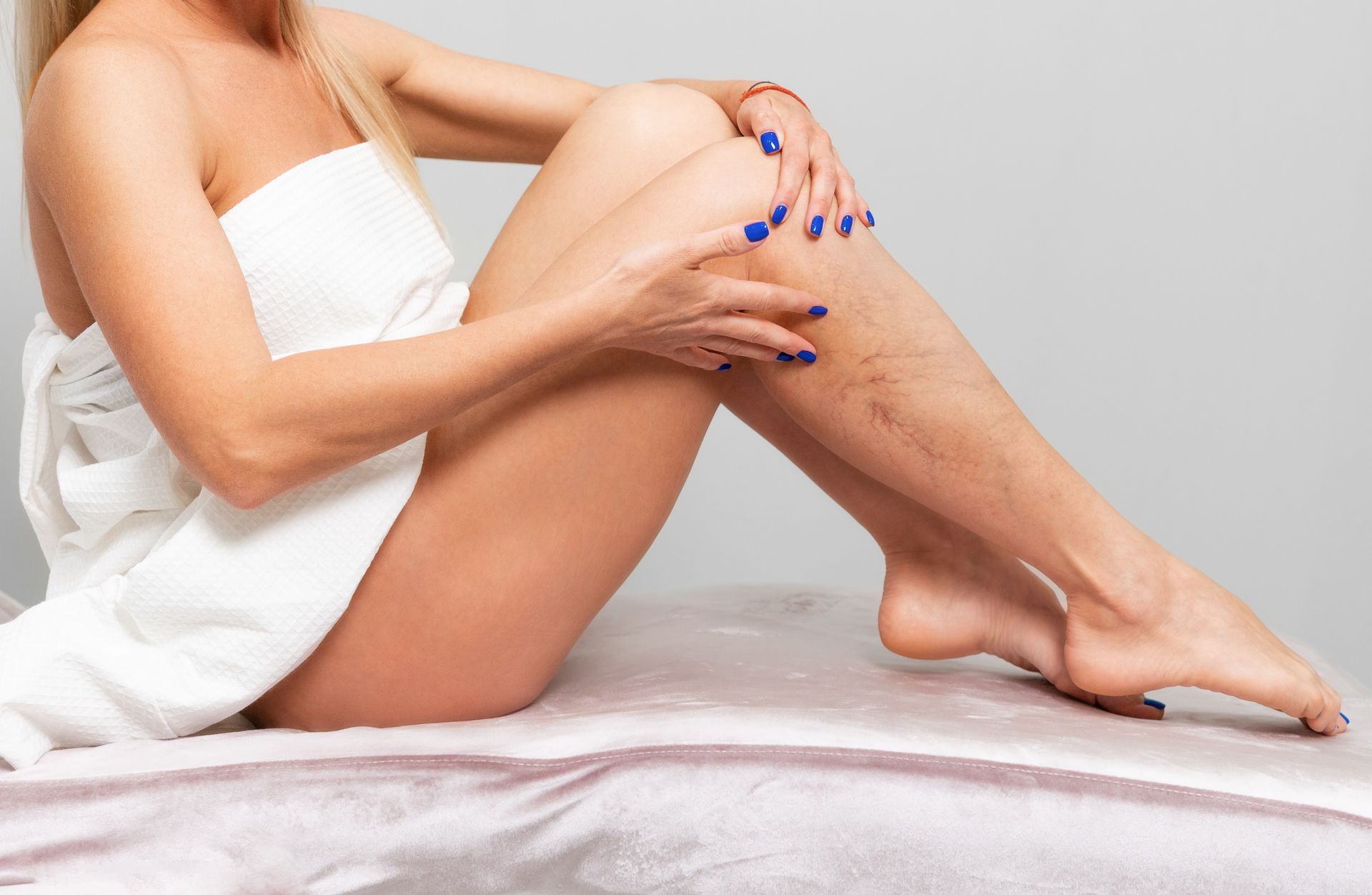
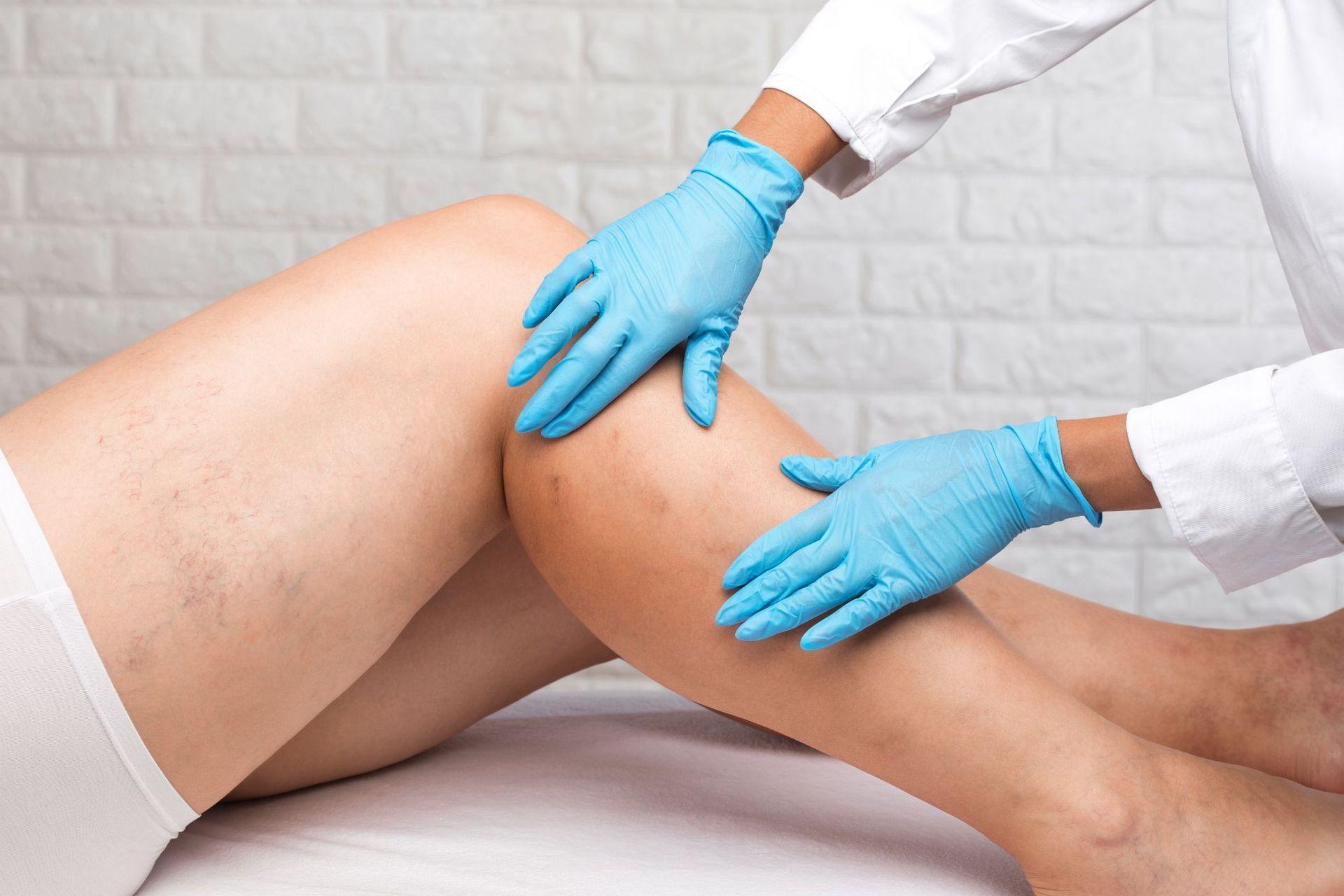




This website is intended for information purposes only and should not be used to self-diagnose. Always consult a physician regarding your medical diagnosis and treatment. The pictures on this website are for demonstration purposes and do not represent actual patients treated by Dr. Sorace.
The Vein Insitute | All Rights Reserved | Site Design by Infinity Medical Marketing | Privacy Policy
